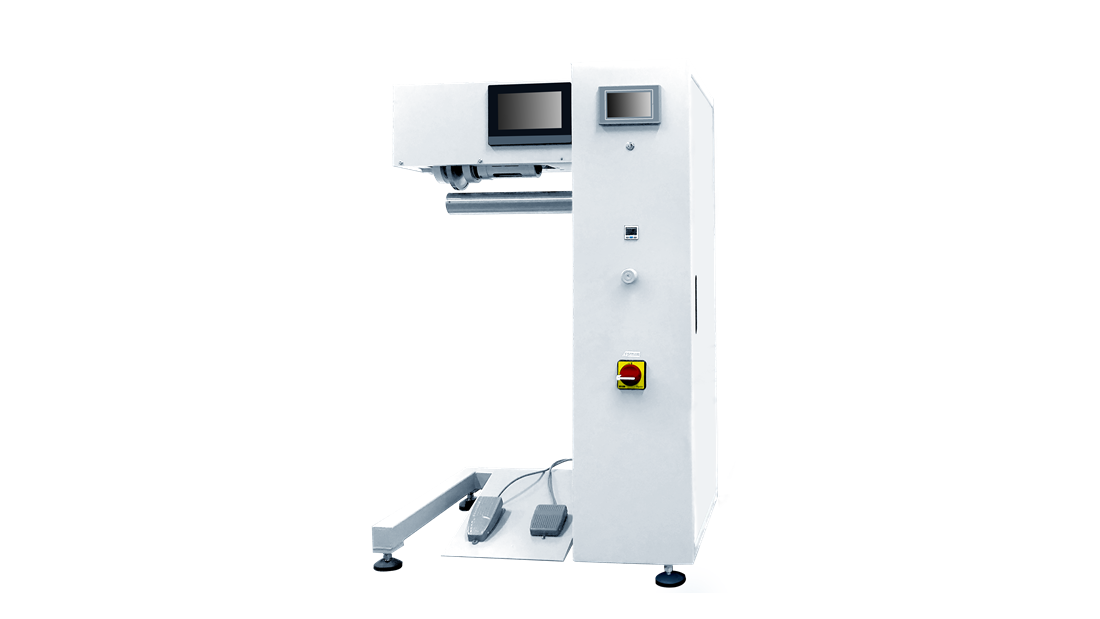Ultrasonic Spray Textile Processing
Ultrasonic Spray Textile Processing cheersonic
Today, with the rapid development of science and technology, traditional textile processing techniques are constantly facing innovation and challenges. A new technology called ultrasonic spraying is quietly emerging, bringing brand-new development opportunities and changes to the textile industry and gradually becoming an important force driving the progress of the industry.
Ultrasonic spraying, in essence, is an advanced technology that utilizes the high-frequency mechanical waves generated by ultrasonic vibration to atomize liquids into extremely fine and uniform droplets, which are then precisely sprayed onto the surface of textiles. The core principle is based on the function of ultrasonic transducers. When an electrical signal is input into the transducer, the transducer converts electrical energy into high-frequency mechanical energy, causing the liquid to vibrate violently. This vibration breaks the liquid into fine particles at the micrometer or even nanometer level, forming a uniform mist-like spray flow. Compared with traditional technologies such as pressure spraying and air spraying, the atomization process of ultrasonic spraying is more precise, does not rely on high-pressure gas, reduces the impact and disturbance on the liquid, and thus can better maintain the original performance of the sprayed material.
The advantages of ultrasonic spraying are very significant. In terms of coating uniformity, due to the small particle size and uniform distribution of the atomized droplets, a high-quality coating with consistent thickness, no flow marks and no droplet hanging can be formed on the surface of textiles. Whether it is large-scale fabric spraying or local treatment of textiles with complex shapes, ideal effects can be achieved. For instance, when making high-performance sportswear, it is necessary to evenly apply a layer of waterproof and breathable film on the fabric surface. Ultrasonic spraying technology can precisely control the thickness and uniformity of the film layer, ensuring that the clothing not only has good waterproof performance but also can guarantee that the sweat produced by the human body is promptly discharged, enhancing the comfort of wearing.
In the preparation of functional textiles, ultrasonic spraying technology plays a significant role. With the continuous increase in people’s functional demands for textiles, such as antibacterial, UV-resistant and flame-retardant properties, ultrasonic spraying provides an efficient way to achieve these functions. By spraying a solution containing antibacterial agents onto the surface of textiles using ultrasonic waves, the antibacterial agents can be evenly distributed between the fibers, forming a stable antibacterial layer that effectively inhibits the growth and reproduction of bacteria. It is widely used in medical and health care, household goods and other fields. For UV-resistant textiles, ultrasonic spraying can precisely control the thickness and concentration of the UV-resistant coating, endowing the textiles with excellent UV-resistant performance and protecting the human body from ultraviolet damage. It is often used in outdoor clothing, sunshade fabrics and other products.

In addition, in the field of surface modification and printing of textiles, ultrasonic spraying has also demonstrated its unique charm. By spraying different surface modifiers, the surface properties of textiles can be improved, such as enhancing wear resistance and stain resistance.
In the future development, ultrasonic spraying technology is expected to continue to innovate and break through, becoming one of the core technologies to drive the textile industry to a higher stage of development, bringing people more high-quality and high-performance textile products.